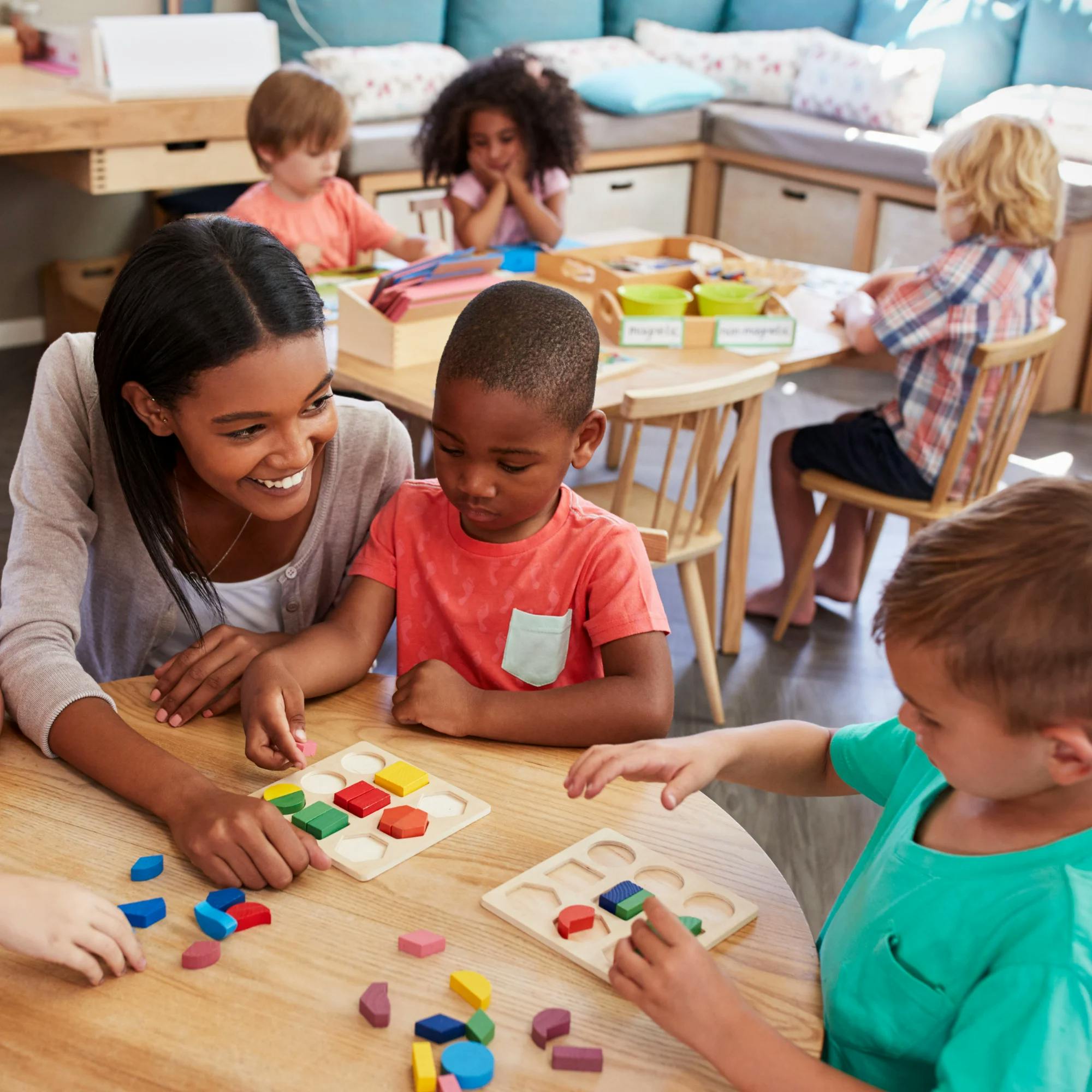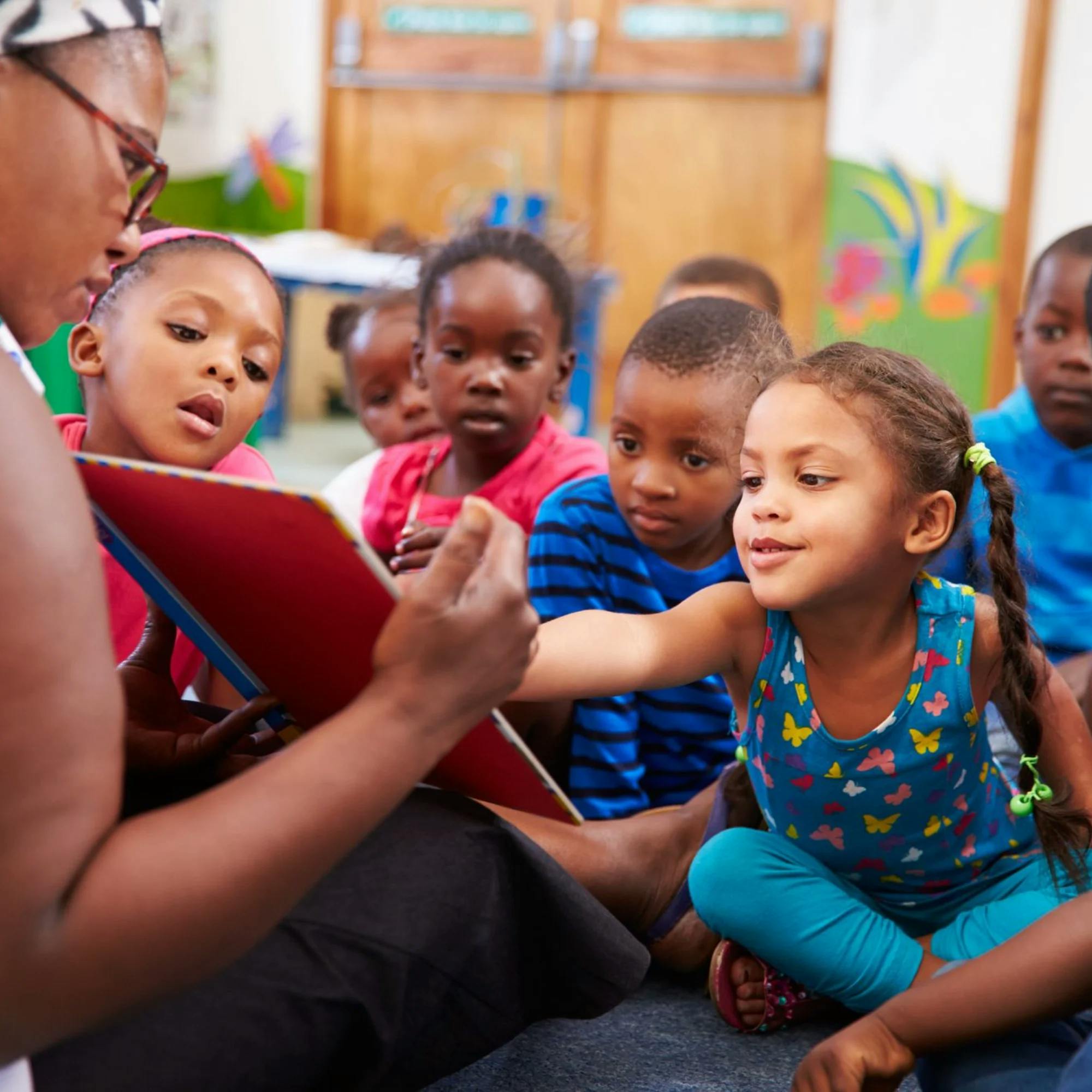
Helping Children Improve Their /K/ and /G/ Sounds
 Abby Barnes, M.S., CCC-SLP
Abby Barnes, M.S., CCC-SLP
As children learn to talk, it's not uncommon for them to have trouble pronouncing the /k/ and /g/ sounds. But as a parent or caregiver, you might feel worried if your child has trouble speaking clearly. Problems with speech clarity can make a child's speech sound immature and baby-ish, and other people might have a hard time understanding them.
This article is a guide to helping your child pronounce the /k/ and /g/ sounds. Get easy practice activities to try at home, and learn when to contact a speech therapist.
Concerned about your child's speech?
We're here for you. Get matched with a speech therapist who's experienced in your child's area of need and available when you are.
 Find a speech therapist
Find a speech therapistAt what age should children be able to make /k/ and /g/ sounds?
Children typically learn to pronounce the /k/ and /g/ sounds correctly somewhere between ages 2 and 4 years old. For some children, these sounds come easily and naturally. For others, it may take more help and practice.
If a child has a hard time pronouncing the /k/ sound, it may sound like a /t/ sound. So instead of the word “cat,” your child may say “tat.”
A mispronounced /g/ sound is typically pronounced as a /d/. For the word “go,” you may hear your child say “doe.”
If your child is struggling with pronouncing these sounds, it's wise to begin helping them earlier rather than later. Let’s discuss how you know if your child is ready to work on these sounds.

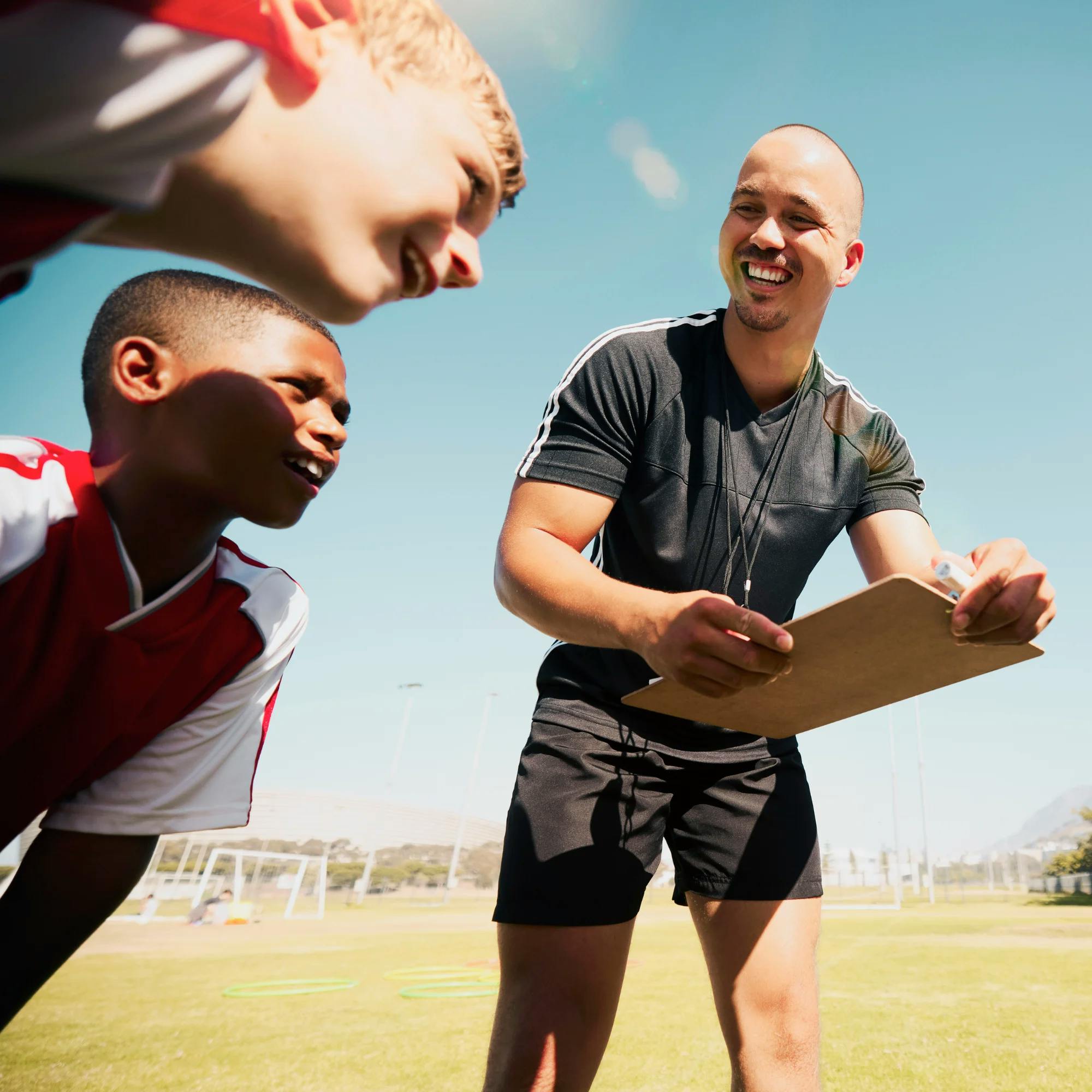
How do I know if my child is ready to practice the /k/ and /g/ sounds?
There are a few ways to tell if your child is ready to begin working on /k/ and /g/ speech sounds.
You can start by simply having your child imitate you when you make /k/ and /g/ sounds. Model one of these sounds, and check how well your child repeats the sound after you. If they're able to copy you with ease and accuracy, they'll likely do well with continued practice.
You can also try some early phonemic awareness tasks to see if your child can identify /k/ and /g/ sounds. To do this, model some words that have a /k/ or /g/ sound in them, whether it's in the beginning, middle, or end of the word. Ask your child, “Did you hear the /k/ sound?” or “Did you hear the /g/ sound?” See if your child is able to identify words that use these sounds. A child first needs to be able to identify the sounds before they can begin working to correct them.

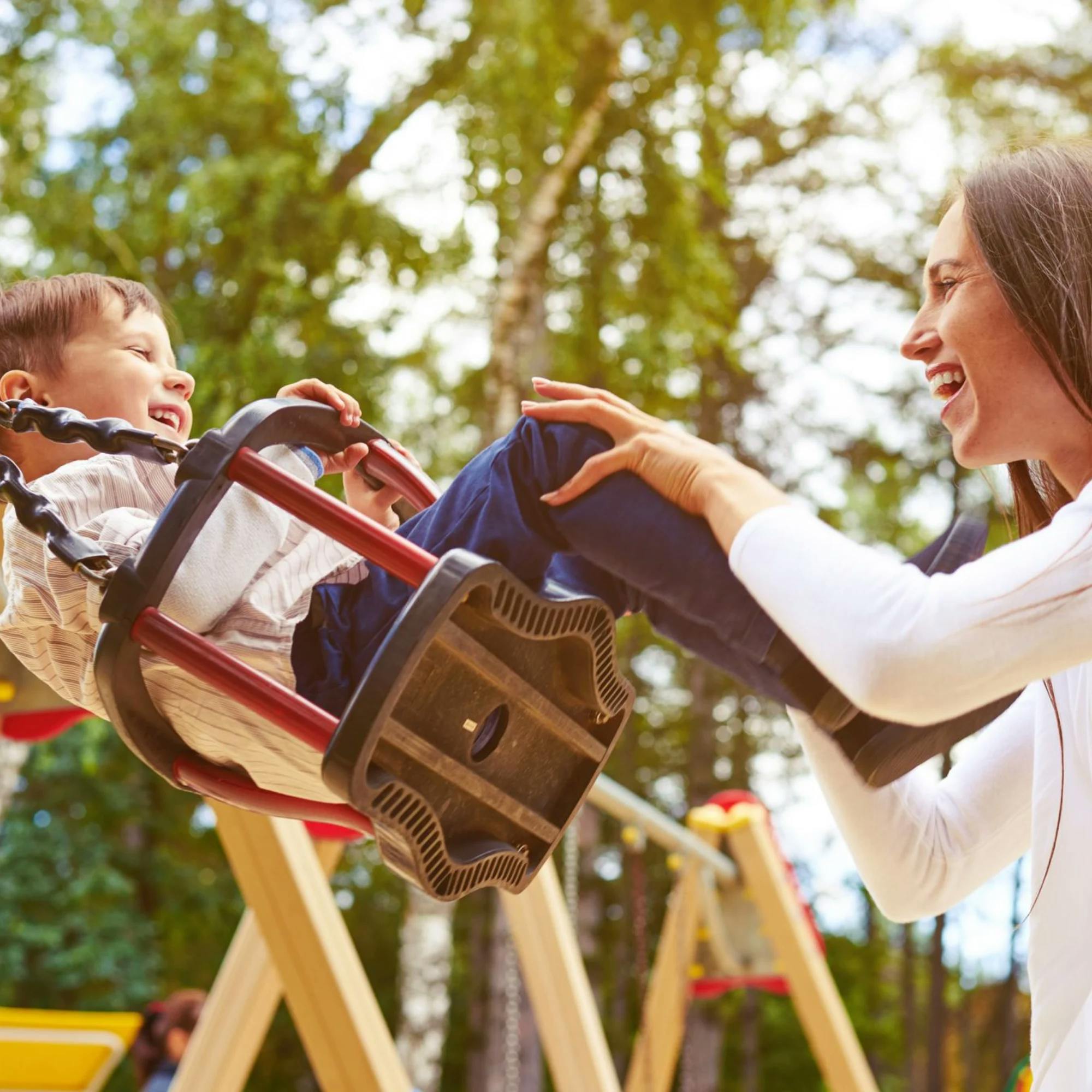
How to make the /k/ and /g/ sounds
The reason we've lumped the /k/ and /g/ sounds into one article is because they're produced similarly. When making both sounds, the tip of the tongue points down, while the back of the tongue raises up toward the soft palate (the soft part of the roof of the mouth, toward the back).
Here is where the /k/ and /g/ productions differ:
For the /k/ sound, the vocal folds do not vibrate. The voice stays "off." It's simply a quick burst of air that produces the /k/ sound.
For the /g/ sound, the vocal folds vibrate, and the voice turns "on." A quick burst of air is used in this sound as well, but the use of the vocal folds makes the /g/ sound deeper than the /k/.
Try it yourself to spot the difference! Put your hand on your throat while pronouncing the /k/ and /g/ sounds. During /g/ productions, you should feel your throat vibrate, but for the /k/ sound, you won't feel any vibration.

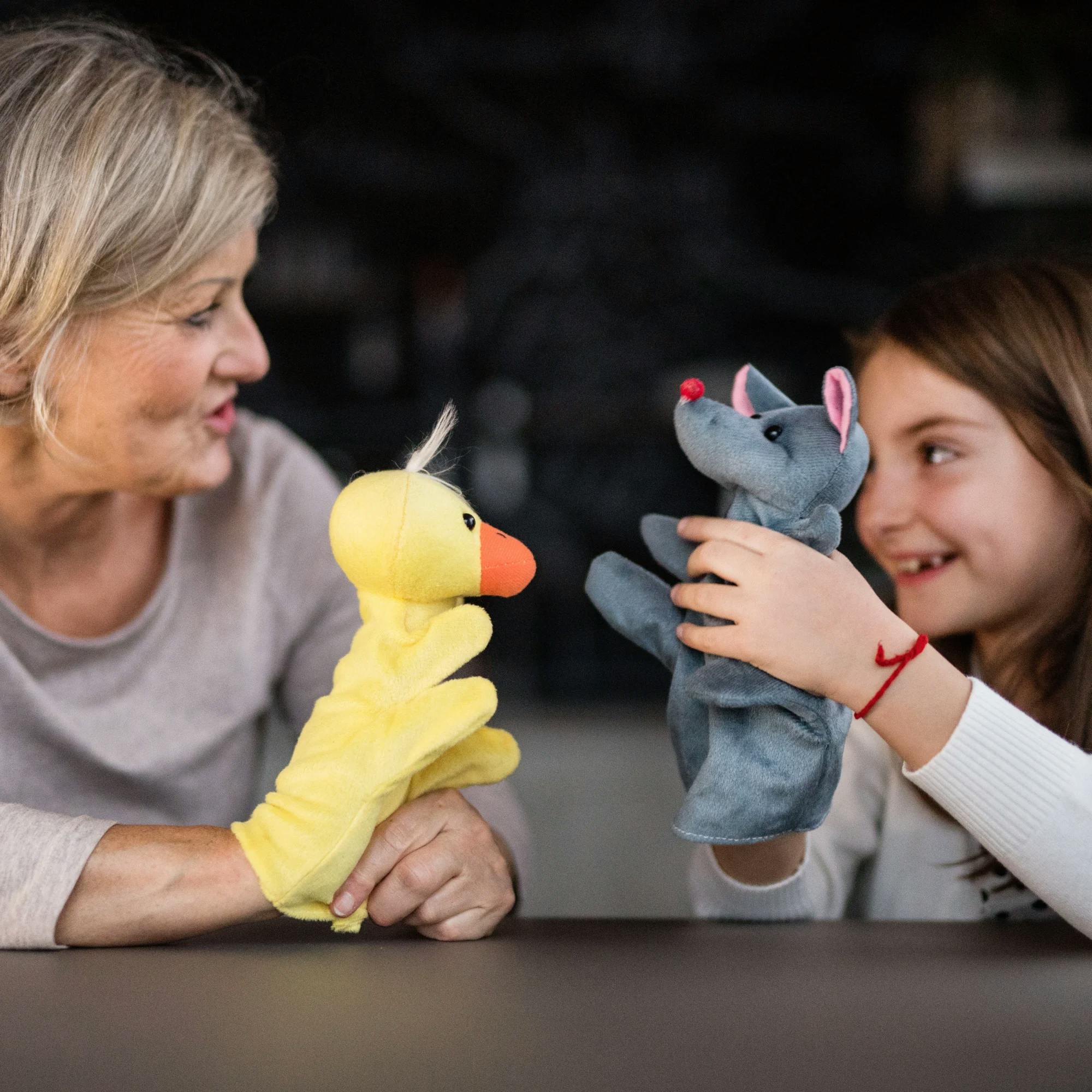
Tips for teaching your child the /k/ and /g/ sounds at home
When beginning to practice /k/ and /g/ sounds with your child, it can help to use a mirror. This way your child can easily watch how they make these sounds and receive immediate visual feedback.
If they say a /t/ or /d/ sound instead of a /k/ or /g/ sound, point it out in the mirror. Remind them that their tongue shouldn't come forward. Instead, it should move toward the back of the mouth.
Start by practicing productions of /k/ or /g/ by themselves, not within words.
Start by practicing productions of /k/ or /g/ by themselves, not within words. This is called "isolation." You should also target the /k/ and /g/ sounds separately, one at a time. Mixing them may initially cause some confusion.
After your child is doing well producing these sounds in isolation, you can practice them in combination with syllables. Once they've mastered syllables, move on to words that include /k/ and /g/ sounds. Eventually, you'll increase the complexity level by using these words in short phrases, sentences, and then finally in conversation.

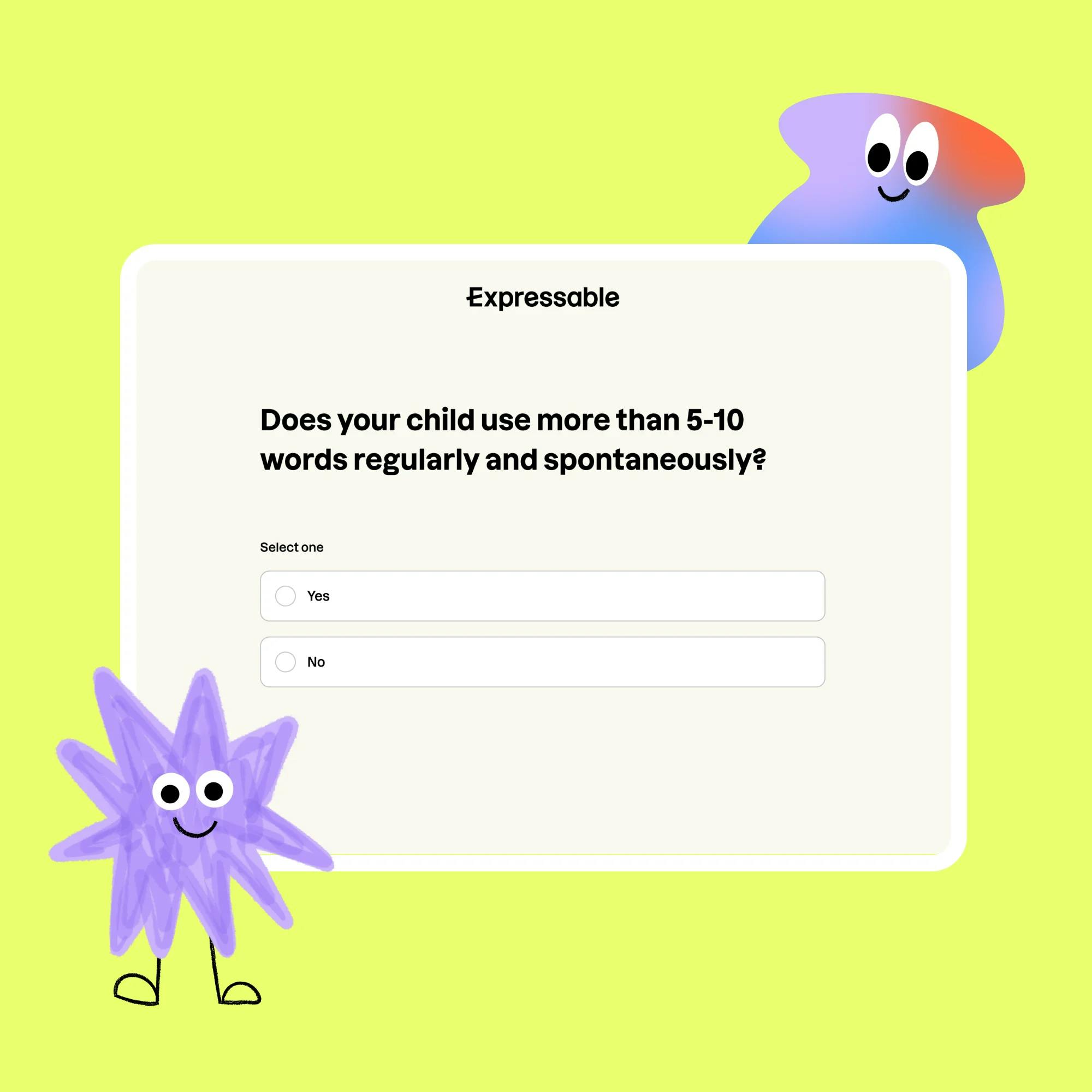
Some caregivers wonder whether it's necessary to break up practice in such a sequential order. This structure is the key to your child's progress! If you start off by practicing these sounds in phrases or sentences, it would be like teaching calculus before your child mastered algebra.
Children need to practice sound production in a way that is just challenging enough, but not overly demanding. It's important that children master each level with a high degree of accuracy before moving on to the next. Slow and steady wins the race! Keep in mind, too, that speech therapists are experts in evaluating speech sound problems and setting up a treatment plan tailored to each child. A speech therapist can set goals for your child, show you how to practice at home, and track your child's progress.


Home activity ideas for practicing /k/ and /g/ sounds
Here are some fun and motivating activities for practicing the /k/ and /g/ sounds at home. Remember, speech practice is all about persistence and repetition. The more you work with your child at home, the faster they'll reach their communication goals!
1 Read books together
As you read a book with your child, have them raise their hand for every /k/ or /g/ word they hear. Keep track of how many words your child hears and total it up at the end!
2 Try a craft
Crafts are always a crowd pleaser. Flip through some old magazines together and help your child cut out pictures of items that have /k/ and /g/ sounds in them. Then glue the photos on a piece of paper to create a funny scene. Practice the /k/ and /g/ words by having your child say them out loud as you complete the craft together.


3 Talk about cooking
If you have some toy food or a toy kitchen, you can practice the /k/ sound by talking all about cooking. For every toy food your child picks out, they can say a short sentence like, “I bake cookies,” or “I cook soup.” This can help with practicing the /k/ sound in short phrases and sentences once your child is ready.
4 Race toy cars
For help with the /g/ sound, have a race with toy cars. Say “Ready, set, go!” before every turn. If your child prefers to be on the move, incorporate this into a race between the two of you!
5 Make conversation
When your child reaches the point of practicing /k/ and /g/ in conversation, pick a time of day you know they'll be energized and chatty. Ask open-ended questions like “Tell me what you did at soccer practice,” or “Tell me about your day.” These types of questions will likely lead to more conversation from your child than simple "yes" or "no" ones. This will also give you more chances to listen to your child's /k/ and /g/ sounds for accuracy. Prompt your child to say the sentence again if they don't self-correct any errors themselves.
Contact a speech therapist for help
If practice feels tough or you're concerned about the clarity of your child's speech, contact a speech therapist for an evaluation. The sooner your child gets the support they need, the faster they'll begin making progress! You can start by signing up for a free consult call with one of our specialists. They're here to answer your questions and help you decide on next steps.
How Expressable Can Help
Concerned your child isn't reaching age-expected milestones? Looking for communication support from a professional? Expressable is a national online speech therapy practice serving children and adults. We treat all major areas of communication and feeding, offer flexible hours including evenings and weekends, and accept most major health insurance plans. We’re proud to have earned more than 3,000 5-star reviews from our clients (4.9/5 average).
Our therapy model is centered on parent and caregiver involvement. Research proves that empowering caregivers to participate in their loved one’s therapy leads to better outcomes. That’s why we combine live, 1-on-1 speech therapy with personalized education and home practice activities for faster progress.
Communication is more than words. It’s how we share how we feel and show who we are. We’re here to help you or your child do just that.
